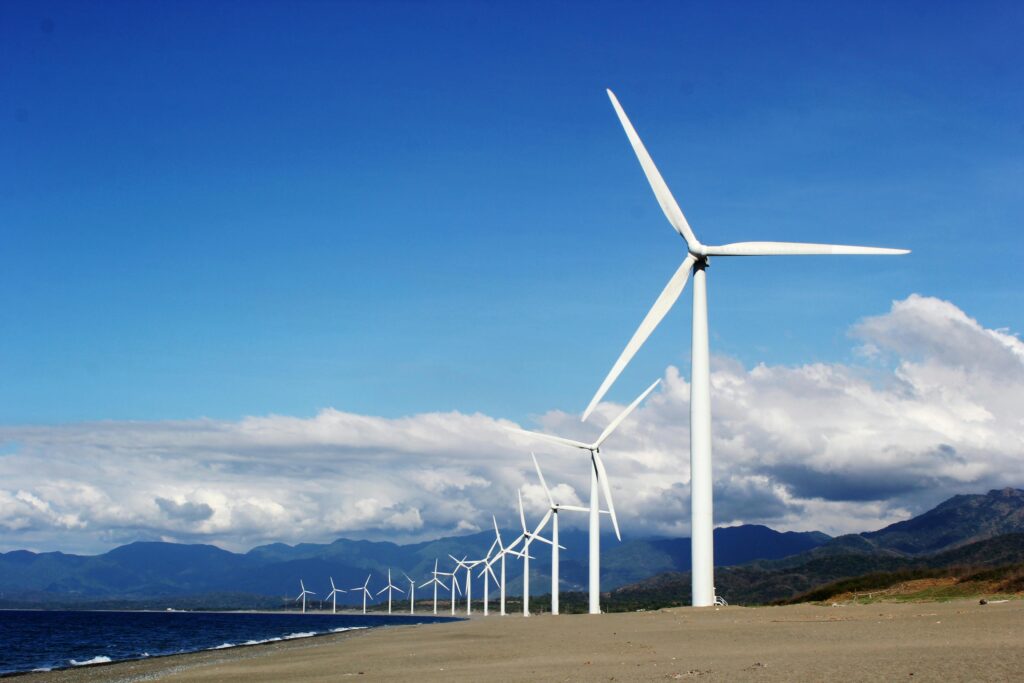Brought to you by Rafael Santos on behalf of SPI

The European Union (EU) aims to achieve carbon neutrality by 2050, for which dependence on critical materials and strategic metals becomes even more pressing. In this article, we will examine how the EU is addressing the complex intersection between re-industrialization, carbon neutrality targets, and reducing dependence on strategic raw materials from third countries, while facing critical materials scarcities.
Dependence on Third Countries
The EU’s dependence on strategic materials from third countries poses a significant challenge on the journey towards re-industrialisation and carbon neutrality, China, for example, holds a monopoly on the supply of some raw materials, which are essential for the development and production of clean energy technologies and cutting-edge electronics. This dependence exposes the EU to geopolitical risks and vulnerabilities in the supply of strategic materials for its economy and energy transition.
The EU’s re-industrialisation is intrinsically linked to its carbon neutrality policies. As the EU seeks to expand its industrial capacity to support the transition to renewable energies and clean technologies, it is essential to ensure a sustainable and diversified supply of strategic materials and metals. This requires significant investments in innovation, infrastructure, and capacity building to strengthen the EU’s supply chain resilience.
To reduce dependence on third countries, the EU is adopting a multifaceted approach, which includes four key actions:
1. Increase investment in Research and Development (R&D) including public targets and incentives to drive innovation in materials
The EU is increasing research and development investments, through both public and private channels including the identification of strategic targets for R&D investment, awards for specific achievements, and financial incentives for industry and universities that develop projects in this field.
The development of research-industry clusters where companies, universities, and other R&D institutions can collaborate and share knowledge to drive innovation is also underway. Moreover, R&D awards and targets funded by universities, funding agencies, or patrons to drive innovation in critical areas will be created. This may involve research competitions, scholarships, or target funding for R&D projects addressing specific challenges on this topic.
The EU is also providing public investment or early market guarantees for the first large-scale projects, such as recycling facilities or industries for new technologies. These incentives help reduce risks for investors and accelerate the adoption of innovative technologies in the market.
2. Review standards, regulations, and legislation
Legislation such as the Critical Raw Materials (CRM) Act aims to address the EU’s dependence on strategic and critical raw materials, which are essential for strategic sectors such as technology, industry, renewable energy, and defence. These critical raw materials include rare earths, minerals, and chemical elements that play a fundamental role in producing a variety of high-tech products.
The EU recognises that ensuring a stable and sustainable supply of these raw materials is crucial for competitiveness and economic stability. The CRM Act’s main objective is to develop strategies to diversify supply sources, promote recycling, and reduce waste of critical materials. Its implementation is essential to protect its economy against supply shocks and promote a transition to a more circular and sustainable economy, while reducing its dependence on critical raw materials.
3. Optimise low life cycle impacts of technologies, including end of life products
The EU can incentivise the optimisation of low life cycle impacts of technologies, including end-of-life products, by promoting sustainable design and policies that encourage the integration of sustainable design principles from the beginning of technology life cycles.
This includes considering ease of disassembly, recycling of materials, and product durability from the design phase. Promoting a paradigm shift in the current industry by reducing demand for products with reduced life cycles, encouraging manufacturers to produce equipment, products, and goods of higher quality, durability, and efficiency throughout the entire life cycle. Promoting a culture of reuse of products and goods that can promote longer lifespans through targeted incentives for citizens and their choices. Creating fiscal incentives for companies and citizens that adopt more sustainable production/consumption practices and technologies with less environmental impact. At last, this may also include tax reductions for products that meet certain sustainability criteria or are easily recyclable.
4. Improve data availability throughout the life cycle of technologies
Improving data availability is crucial for both materials’ efficiency and recycling efforts. On the one hand, data on material inputs and intensities, including breakdowns by components, identification of hazardous substances, and differentiation between primary and secondary materials, should be collected. This data helps understand product composition and identify opportunities for material optimisation and substitution.
On the other hand, frameworks for data management should be established, outlining standardised protocols for data collection, storage, and sharing. These methodologies ensure consistency and interoperability across different companies and countries, facilitating collaboration and knowledge exchange. Developing standardised databases for storing and accessing relevant data on materials, product design, repair procedures, and end-of-life management is also essential.
FutuRaM’s Role
In this way, initiatives like FutuRaM are crucial to achieve EU ambitions and goals, namely by contributing with the development of the first European knowledge base on the availability and recoverability of secondary raw materials (2RM). FutuRaM will enable fact-based decision-making for the recovery and use of 2RMs within and outside the EU, and disseminate the data generated through an accessible knowledge base developed in the project.
As the EU advances on its journey towards a circular economy of clean energy, addressing the shortage of critical materials is a crucial priority.
